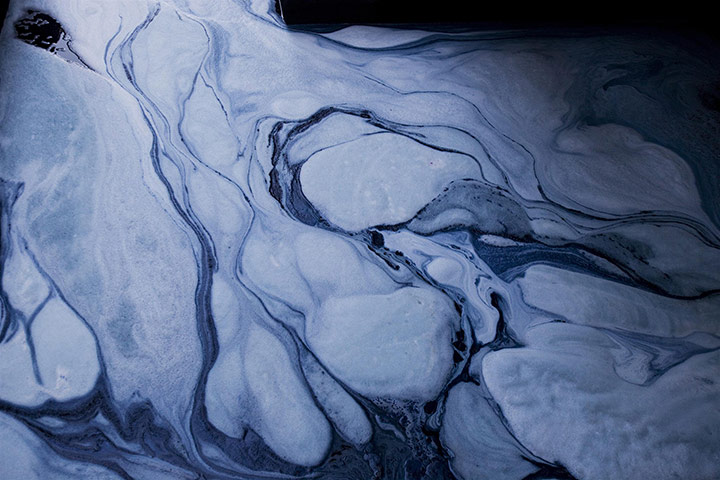
“Xintang and Gurao are symbols of success in China's export-model economy, yet we were horrified by the environmental degradation,” says Greenpeace Toxics campaigner Mariah Zhao.
Greenpeace testing found five heavy metals (cadmium, chromium, mercury, lead and copper) in 17 out of 21 samples taken in two towns. In one sample, cadmium exceeded China's national limits by 128 times Photograph: Lu Guang/Greenpeace
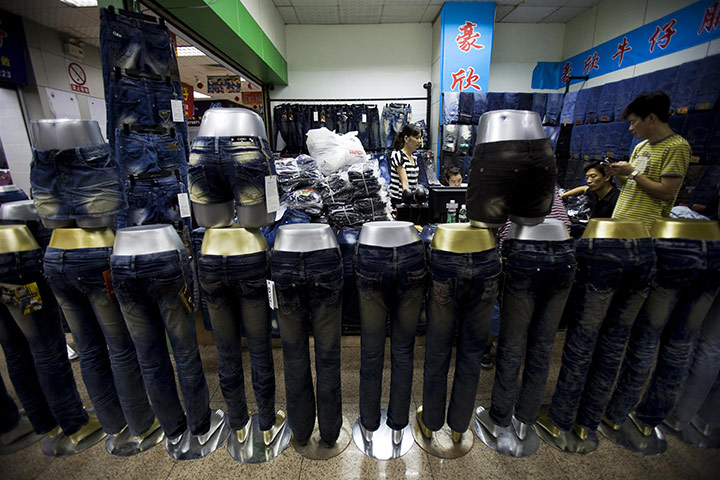
With a population of 215,000 residents and 500,000 migrant workers, 4,000 companies and an output value of 28bn yen, Xintang is known as the 'jeans capital of the world'. In 2008 it produced more than 260 million pairs of jeans – 60% of China’s total jeans production and 40% of the jeans sold in the US each year Photograph: Lu Guang/Greenpeace
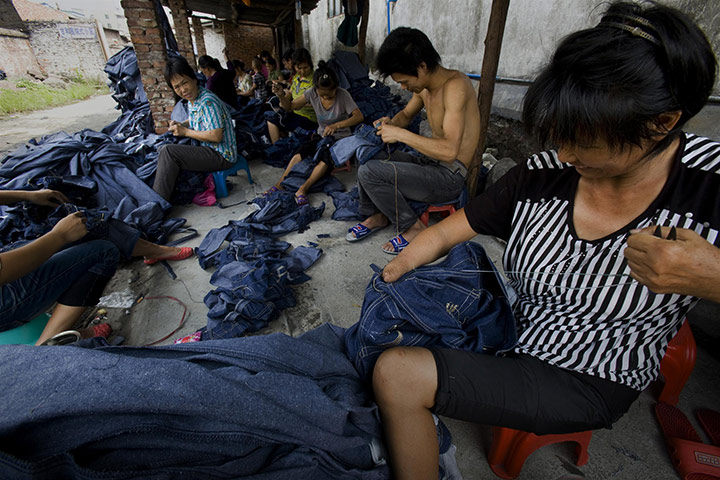
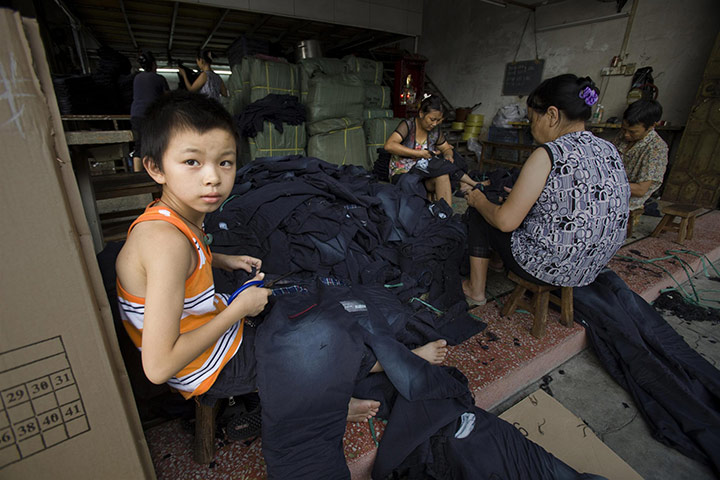

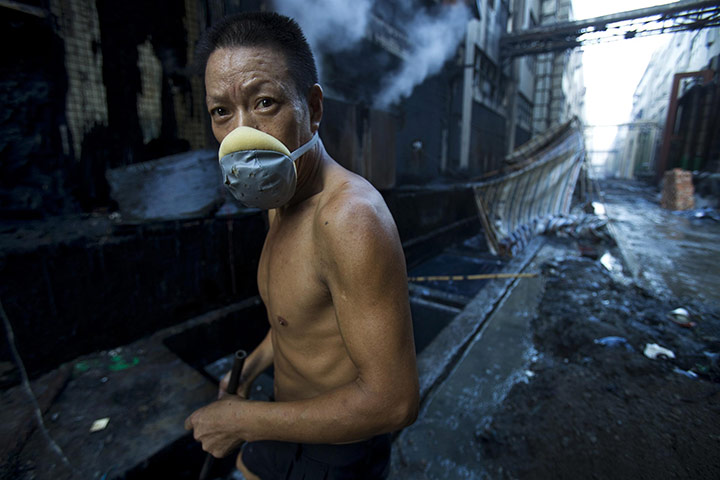
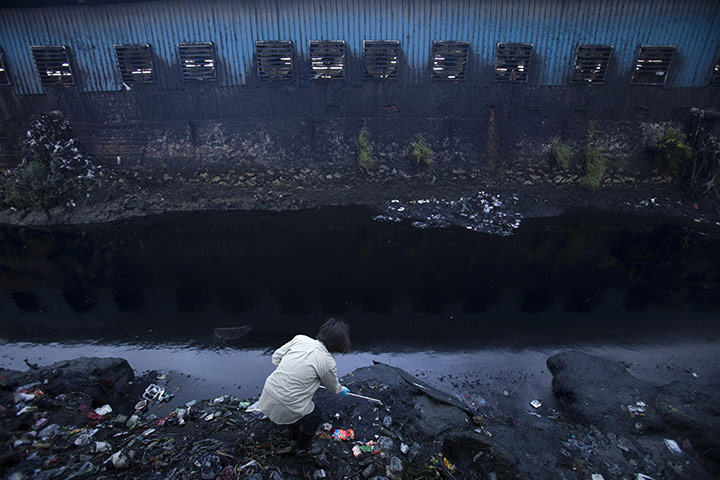
“Everyone says that people who work in dyeing and washing have reproductive and fertility problems. My cousin once worked in a dyeing plant. He died of pleurisy,” says Lin Zhixin, a migrant worker from Sichuan Photograph: Lu Guang/Greenpeace
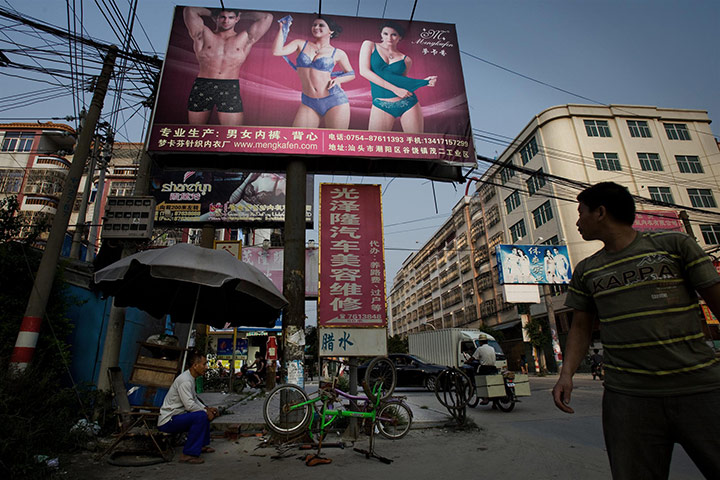
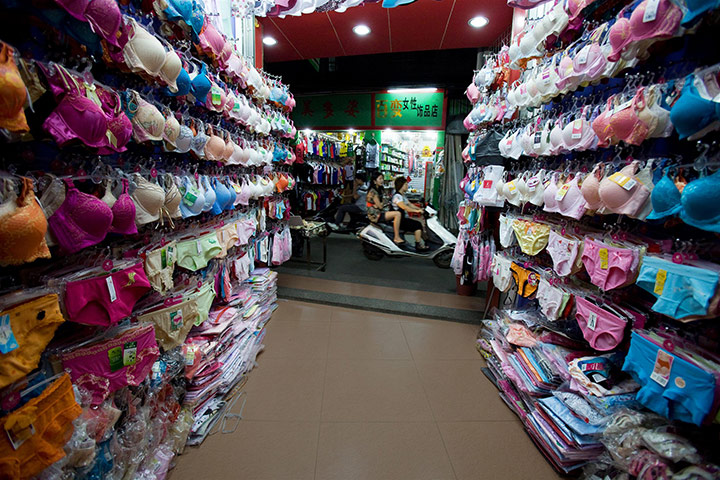
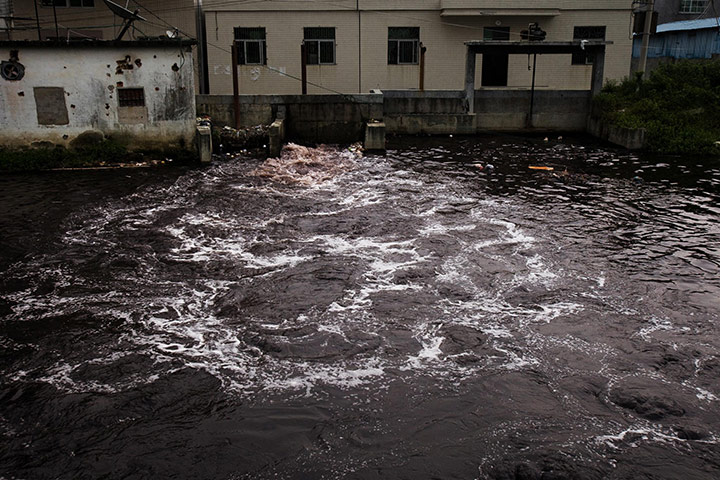
Villagers nearby say that the dirty, smelly river is no longer fit for drinking or laundry. Fish no longer live in the river and when it overflows, local people's yards and homes are flooded by wastewater Photograph: Lu Guang/Greenpeace
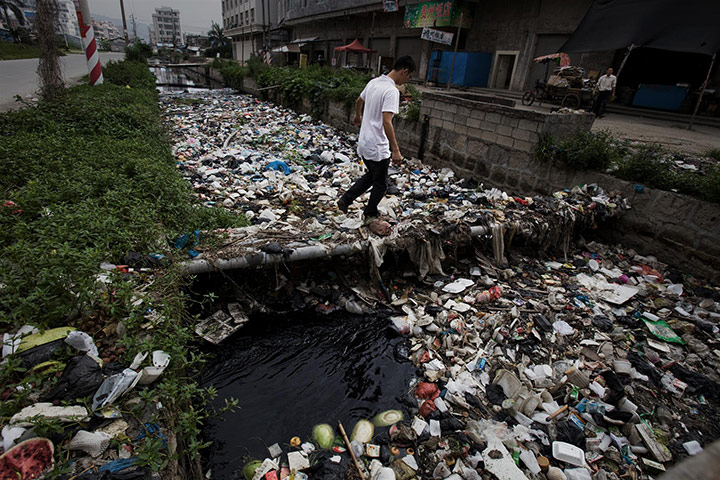
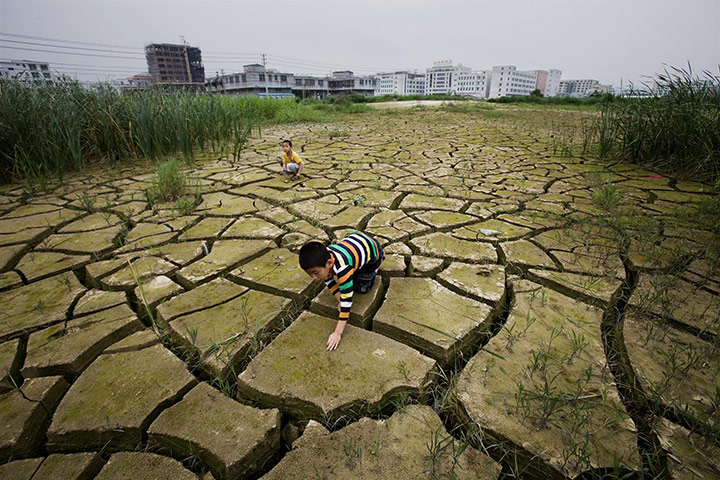
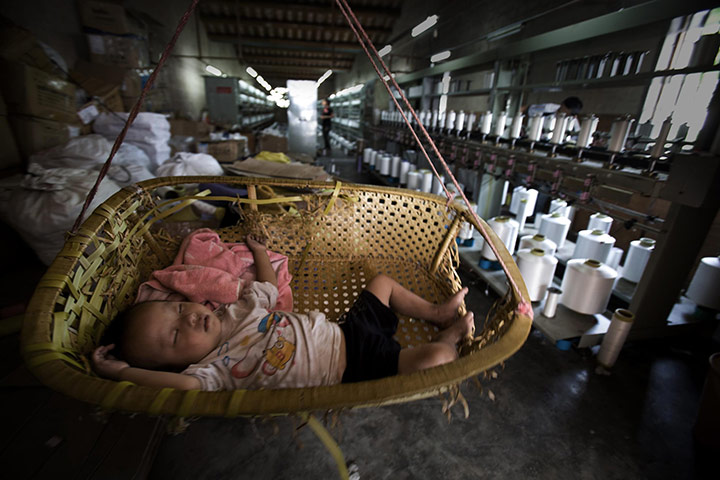
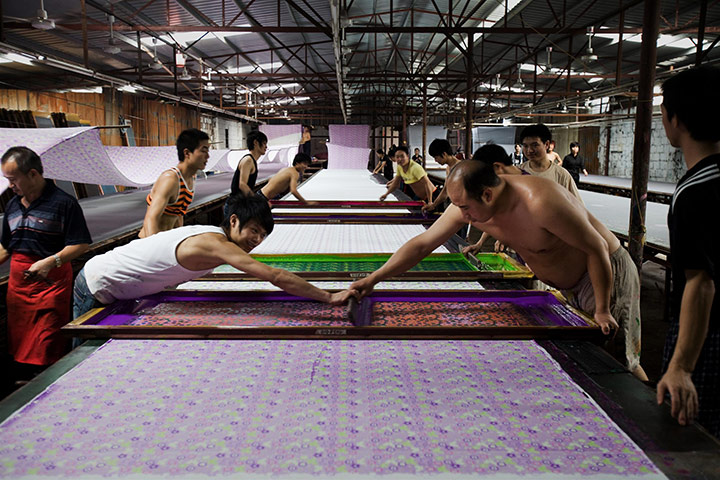
Ren Shan, a migrant worker from Guizhou, says: “The water is discharged from the dyeing factories upstream. Sometimes it smells really awful. And every time the color of the water is different – I’ve seen every color imaginable" Photograph: Lu Guang/Greenpeace

Photograph: Lu Guang/Greenpeace
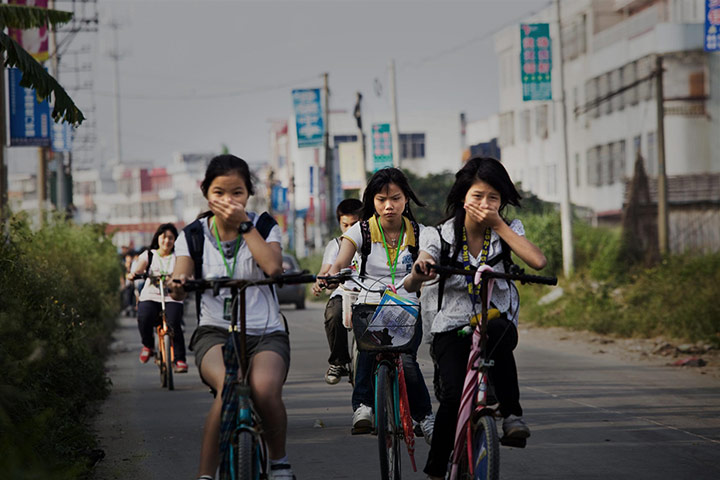
“Xintang and Gurao are emblematic of the larger problem of dirty textile manufacturing – they are just two of 133 textile industrial clusters in the country,” says Greenpeace's Mariah Zhao. “The responsibility of wastewater regulation and phasing out hazardous chemicals in textiles must be faced by not only Xintang and Gurao overnment but throughout China.” Photograph: Lu Guang/Greenpeace







